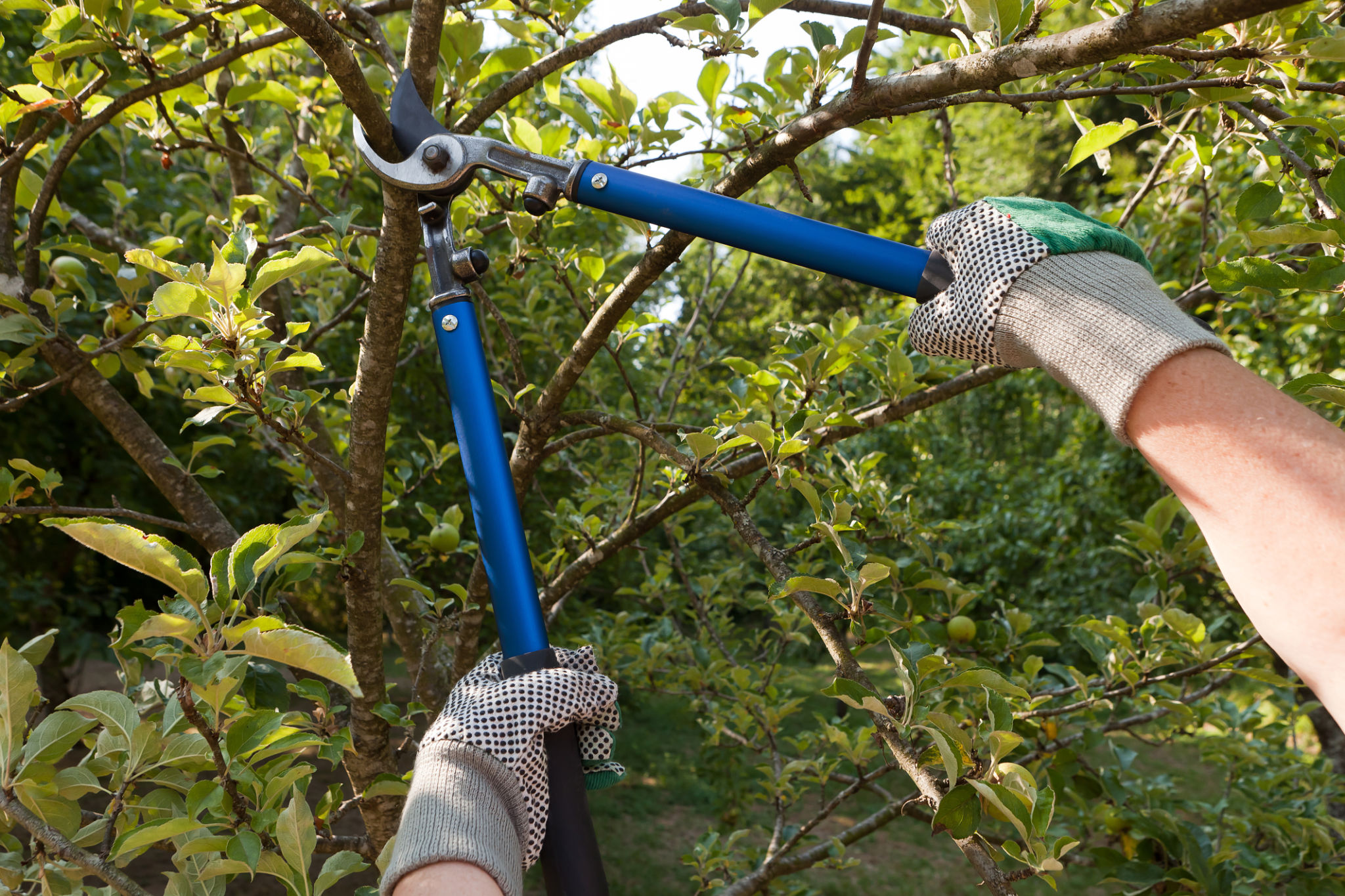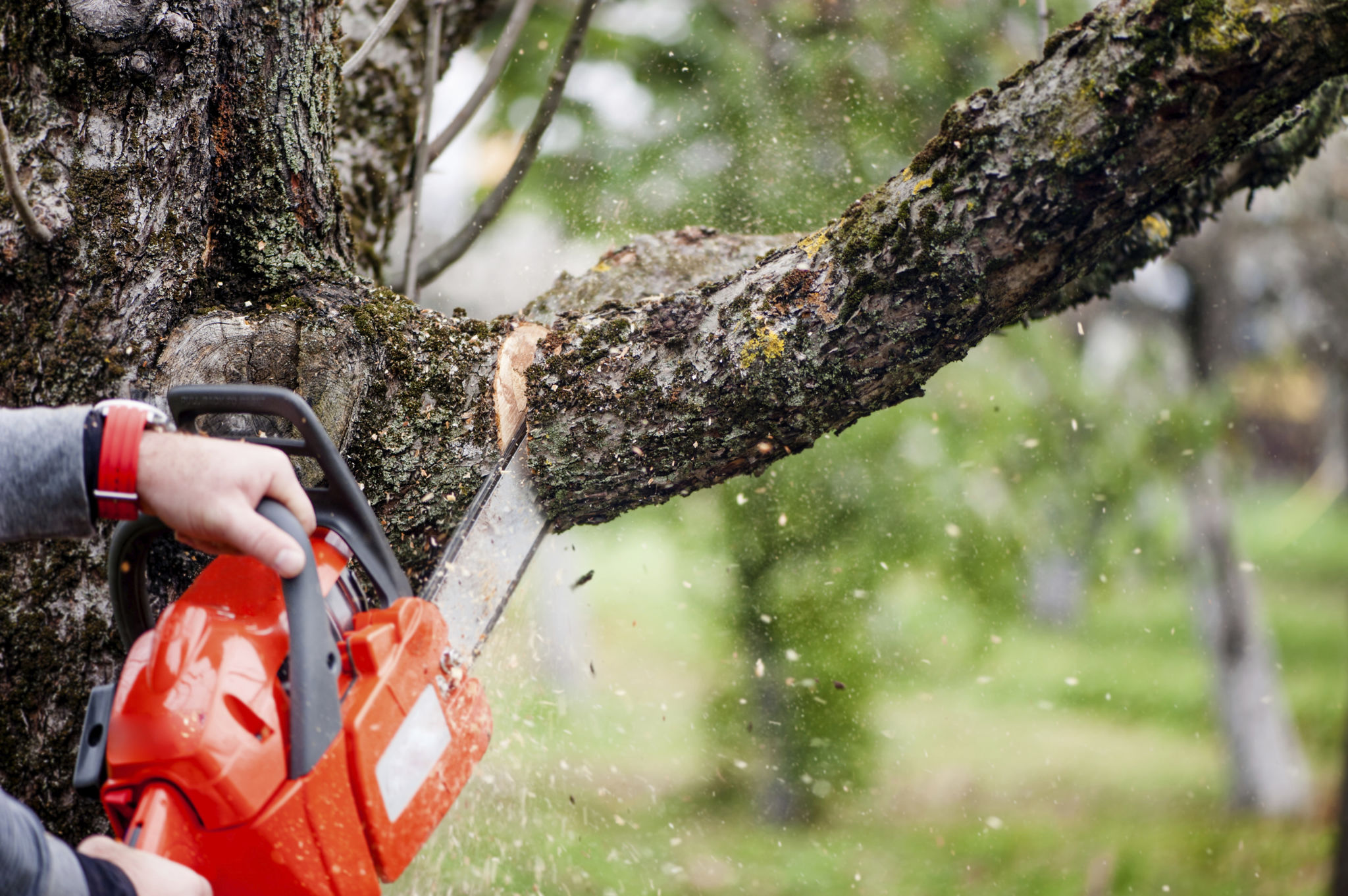DIY Tree Pruning Tips for Wichita Homeowners: When to Call the Experts
Understanding the Basics of Tree Pruning
Tree pruning is an essential part of maintaining a healthy and aesthetically pleasing garden. In Wichita, homeowners often take on the task themselves to keep their landscapes looking vibrant. However, understanding the basics of tree pruning is crucial to ensure you do more good than harm. The primary goal of pruning is to remove dead or diseased branches, promote new growth, and maintain the tree's natural shape.
Before you start pruning, it's important to have the right tools: a pair of sharp pruning shears, loppers for thicker branches, and a pruning saw for the larger limbs. Safety gear, like gloves and eye protection, is also essential to prevent any injuries during the process.

When to Prune Your Trees
Timing is everything when it comes to tree pruning. Most trees benefit from pruning in late winter or early spring, just before new growth begins. This timing helps minimize stress on the trees and allows wounds to heal quickly during the growing season. However, some trees, like certain flowering varieties, may require pruning right after they bloom in the spring to ensure maximum flower production in the following year.
Pay attention to signs that indicate your trees need pruning. Dead branches, crossing branches, or branches growing too close to utility lines are all indicators that it's time to take action. Regular inspections of your trees can help you catch these issues early.

DIY Pruning Techniques
If you decide to tackle tree pruning on your own, it's important to follow some basic techniques. Begin by removing any dead or diseased wood first. This helps prevent the spread of disease and pests. Next, focus on thinning out crowded areas to promote air circulation and light penetration throughout the tree. Make clean cuts at a 45-degree angle just above a bud or lateral branch.
When cutting larger branches, use the three-cut method to prevent bark tearing. First, make a small undercut a few inches away from the trunk. Then, make a second cut on the top side of the branch a few inches further out. Finally, cut through the remaining stub just outside the branch collar.

Recognizing When to Call the Experts
While many homeowners in Wichita are skilled at DIY projects, there are situations where calling in professional arborists is the best course of action. If you have trees that are too large or situated near power lines or structures, professional expertise is required to handle these risks safely.
Additionally, if you're dealing with trees affected by disease or pests that you're unfamiliar with, an expert can provide a proper diagnosis and treatment plan. Arborists have specialized knowledge and equipment to address complex tree issues effectively.
Benefits of Professional Tree Services
Hiring professional tree services offers several benefits that go beyond what DIY efforts can achieve. Experts ensure that your trees are pruned according to industry standards, promoting long-term health and safety. They also have access to advanced tools and techniques that can handle any job size efficiently.
Professional services also provide peace of mind, knowing that your property is in capable hands. This is particularly valuable if you have a diverse range of tree species or if your landscape includes mature trees that require specialized care.

Finding Reliable Tree Services in Wichita
If you've decided that it's time to call in the experts, finding a reliable tree service in Wichita is your next step. Look for companies with certified arborists who have experience with local tree species and conditions. Check reviews and ask for references to ensure you're hiring a reputable service provider.
It's also wise to get multiple quotes and compare them before making a decision. This ensures you receive quality service at a fair price. Remember, investing in professional tree care can save you time and potential expenses from improper pruning down the line.
